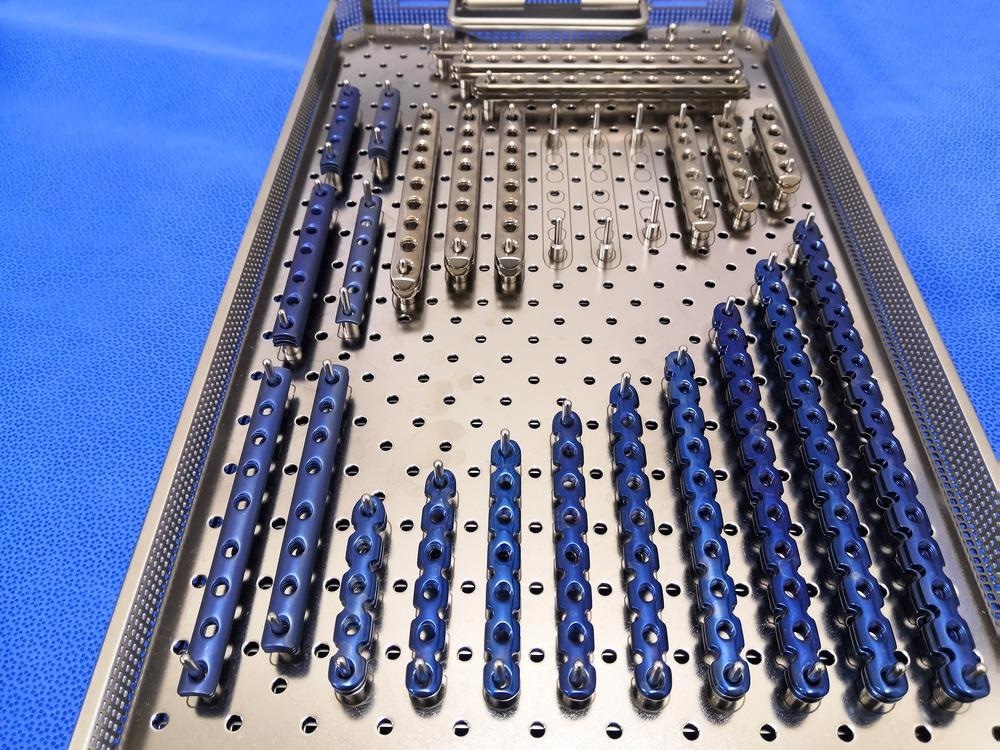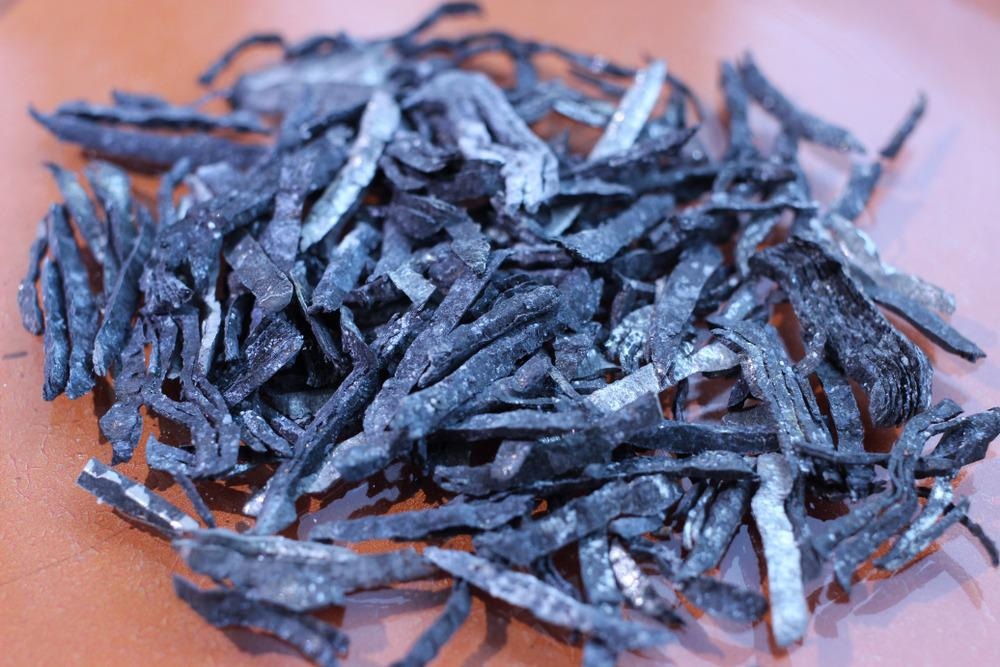Magnesium is known to suffer rapidly from damaging corrosion due to its position in the galvanic series, the potentially rapid and thermodynamically very favorable reaction with water, and the high solubility of magnesium hydroxide. Therefore once active, corrosion can lead to rapid failure of a magnesium component.

Image Credit: Sen Alfred/Shutterstock.com
Magnesium is a strong and light metal that offers an alternative to other metals for specialist applications. The density of magnesium is an impressive 1.7, lower than its metallic competitors and although soft as a pure metal, alloying with metals such as zinc and aluminum produces strong and durable alloys.
Given careful surface treatment and a well-controlled service environment, probably involving regular inspection, magnesium is a perfectly reasonable choice of material for many applications. Cast magnesium gearboxes have been used in the aerospace industry for many years due to the materials’ low weight and durability. Hence, for many applications where lightweight is key to performance, magnesium is worthy of consideration.
Overview of Transplant Materials and the Issue of Corrosion
The major materials used in orthopedic implants include stainless steel, cobalt chrome molybdenum alloys, titanium alloys, ceramics, PMMA, and UHMWPE. Care must be taken with metallic materials to control corrosion due to the issues associated with metal release into the body.
Metal ions can cause an inflammatory response which can potentially be serious. Bodily fluids generally contain low concentrations of materials that are generally considered to be corrosive and have a neutral pH but implants are required to be corrosion-free, even over many years of use, and this makes the anti-corrosion requirement for implants very stringent.
Attracted by the lightweight and strength magnesium alloys offer, researchers have turned to the material as an alternative for use in implants. This will normally involve a form of surface treatment and some of the most promising of these treatments have been the use of concentrated hydrofluoric acid to produce a relatively insoluble magnesium fluoride layer.
The establishment of an insoluble layer on the surface of magnesium is a key part of the strategy to establish the use of the material in medical settings, since it is the insolubility of the interface that shields the otherwise reactive parent material from the bodily fluid. Researchers have been combined this layer with coatings such as polydopamine and hydroxyapatite (HA) to promote compatibility with human tissues.
Other surface treatments to effectively produce an inert layer on the surface of magnesium include plasma electrolytic oxidation (PEO). PEO coatings have been popular for over 20 years and the marked improvement in corrosion performance trials means that this avenue of corrosion protection for magnesium is very likely to remain a major theme of future research.

Magnesium Corrosion. Image Credit: Ihor Matsiievskyi/Shutterstock.com
A new article has considered the use of polydopamine (DPA) – alignate (ALG) coating material as a coating for magnesium.
Both DPA and ALG have properties that are extremely promising in terms of biocompatibility, and the materials have also been shown to reduce the corrosion rate of a magnesium layer over ten days of immersion in Hanks’ balanced salt solution (HBSS).
Medical researchers continue to work with combinations of surface treatment to attain suitable corrosion resistance and high biocompatibility. To be deployed in the field, medical implants need to be approved by the relevant medical regulators. This is a long and arduous process requiring a suite of data to be generated and verified.
The most high profile of these is the US FDA approval. In the EU devices are required to meet the Medical Devices Directive (MDD), or the Active Implantable Medical Device Directive (AIMD).
Regardless of future developments, it is difficult to see magnesium entering service in applications where wear resistance is a key requirement, as the exposure of a magnesium substrate is materially different to physical damage on stainless steel, which could reasonably be expected to re-passivate on exposure to bodily fluids.
The light and strong nature of magnesium will continue to make it attractive to medical researchers for years to come. The approach of complex coatings strategies to obtain corrosion resistance combined with bio-compatibility is expected to progress, combined with further exploration of novel alloy compositions. However, the adoption of new materials in the medical industry is cautious and innovations can lead to serious issues as demonstrated by the examples of medical meshes and metal-on-metal implants.
References and Further Reading:
Alan A. Luo, (2013). Magnesium casting technology for structural applications, Journal of Magnesium and Alloys, Volume 1, Issue 1, https://www.sciencedirect.com/science/article/pii/S2213956713000030
Xiaoli Liu, Zhen Zhen, Jing Liu, Tingfei Xi, Yudong Zheng, Shaokang Guan, Yufeng Zheng, Yan Cheng, (2015). Multifunctional MgF2/Polydopamine Coating on Mg Alloy for Vascular Stent Application, Journal of Materials Science & Technology, Volume 31, Issue 7,
2015, https://www.sciencedirect.com/science/article/pii/S1005030215000614
Husak, Y.; Michalska, J.; Oleshko, O.; Korniienko, V.; Grundsteins, K.; Dryhval, B.; Altundal, S.; Mishchenko, O.; Viter, R.; Pogorielov, M.; Simka, W. (2021). Bioactivity Performance of Pure Mg after Plasma Electrolytic Oxidation in Silicate-Based Solutions. Molecules, 26, 2094. https://doi.org/10.3390/molecules26072094 https://www.mdpi.com/1420-3049/26/7/2094/htm
Qingyun Fu, Weihong Jin, Mingcheng Feng, Jingyao Li, Jian Li, Wei Li, Zhentao Yu, (2021). An intermediate poly-dopamine layer for alginate coating on high-purity magnesium to achieve corrosion mitigation, Journal of Magnesium and Alloys, ,https://www.sciencedirect.com/science/article/pii/S2213956721002401
Disclaimer: The views expressed here are those of the author expressed in their private capacity and do not necessarily represent the views of AZoM.com Limited T/A AZoNetwork the owner and operator of this website. This disclaimer forms part of the Terms and conditions of use of this website.